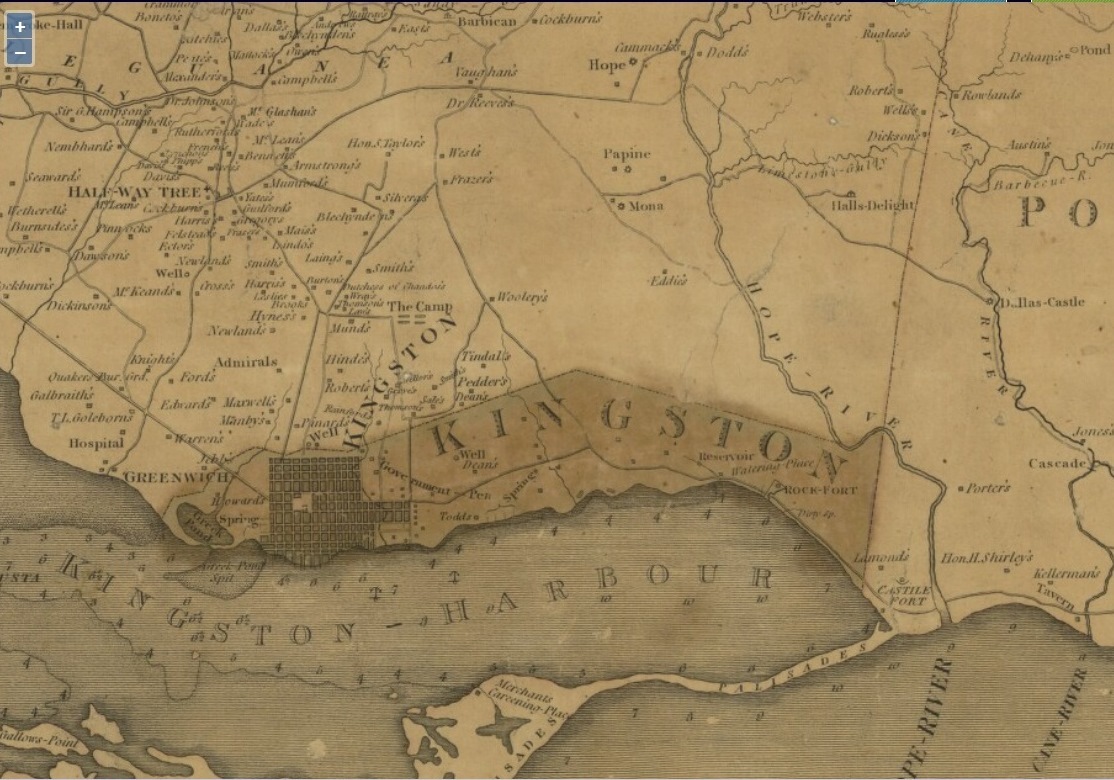Rare colonial maps created by a famous son of Shetland will be the centrepiece of a new exhibition launching today in the island’s capital.
James Robertson was born on the island of Yell in 1753 and emigrated to Jamaica where he produced the first full map of the Caribbean island.
The National Library of Scotland has loaned the maps, which have never been seen before on the islands.
The exhibition James Robertson: The Shetlander who Mapped Jamaica (1753 – 1829) opens at the Shetland Museum and Archives in Lerwick and will run to November 22.
It illustrates Robertson’s life and work and also presents a rare opportunity to view original maps by the cartographer.
From 1796-1804, Robertson compiled the first detailed maps of Jamaica. They were remarkably accurate, even by today’s standards, and an excellent insight into the island, then an important British colony and sugar exporter.
Robertson later returned to Britain, where he compiled a detailed map of the north-eastern counties of Scotland in 1822, which shows a rural landscape undergoing big changes.
The exhibition also features unique artefacts illustrating the practical surveying equipment that Robertson would have used, correspondence with him, and original documents relating to his map of north-east Scotland.
Chris Fleet, map curator at the National Library of Scotland, said: “Robertson’s maps of Jamaica allow us to visualise this British colony at the height of the sugar industry, and Robertson’s cartography was an important means for maintaining order and control of territory. There were also important links with Scotland too, with many of the sugar estates owned by Scots, whose names and plantations are clearly shown on Robertson’s maps.”
Local primary school pupils will have the opportunity to learn more about map making in workshops during the exhibition.
There will also be family workshops, as well as art classes and reminiscence sessions.
